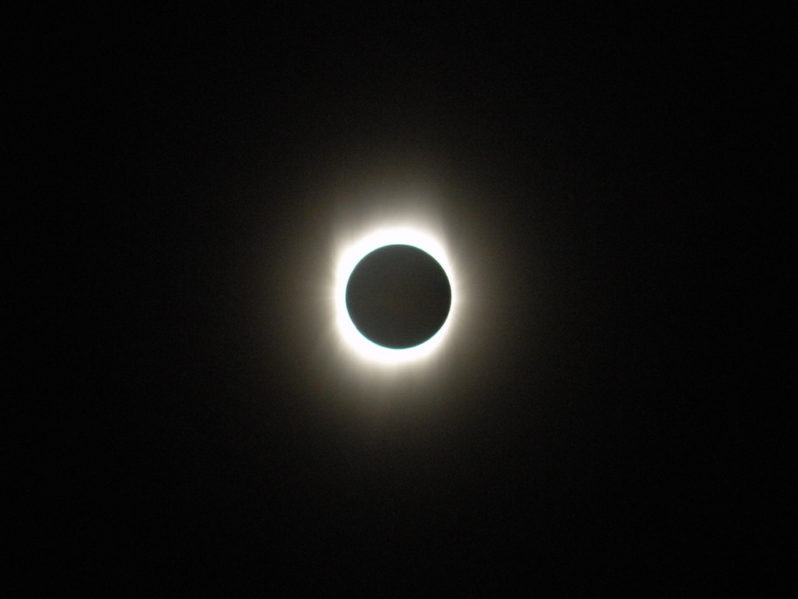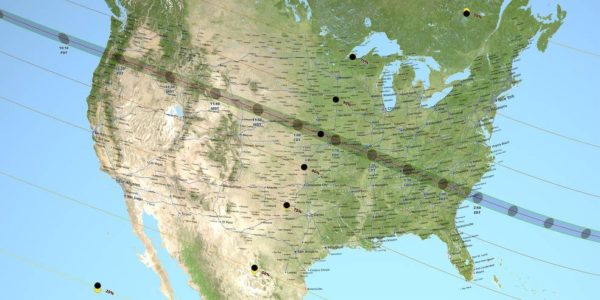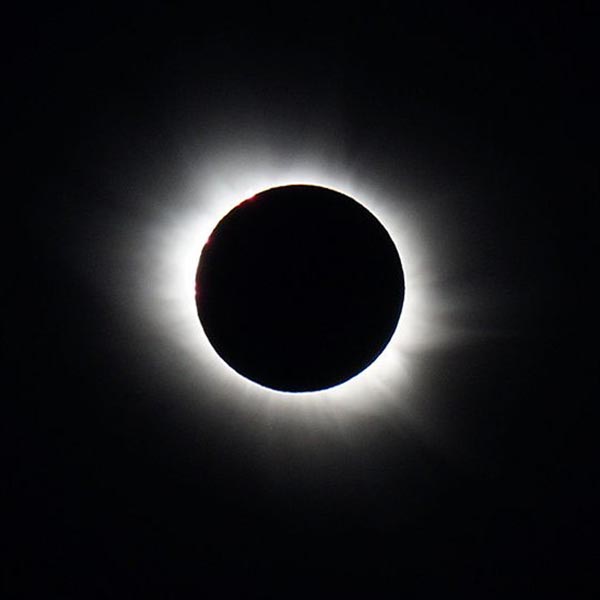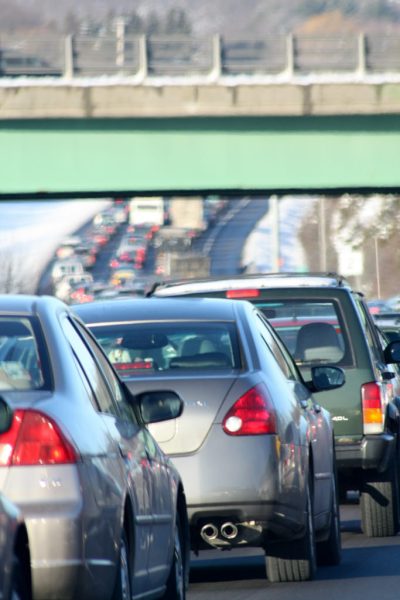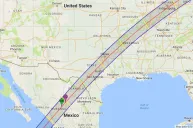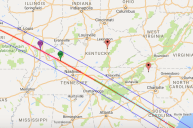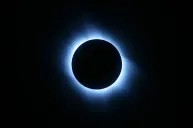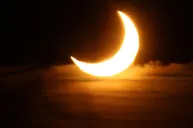On Aug. 21 the "Great American Eclipse," a rare total eclipse of the sun, will make its way across the entire United States. It's the first eclipse to travel from coast to coast since 1918. If you are one of the millions that will be viewing this event there are some things you need to know.
Videos by Wide Open Country
To help you prepare we've gathered up a few of the most important things before the big event arrives. You'll see which states will experience the total solar eclipse, what time it begins, what you'll need in order to view it and more. Check out our full list of 15 things below to help you prepare.
1. It's been almost 40 years since a total eclipse was visible in the United States
Feb. 26, 1979 was the last time the U.S. witnessed the path of a total solar eclipse. Though not moving from coast to coat, the shadow made its way from Washington passing through Oregon, Idaho and Wyoming before making its way to Canada.
2. A total solar eclipse happens when the moon, sun and earth align
A total solar eclipse happens when the moon lines up perfectly in between the sun and the earth casting a shadow over us. If you're in the path of the shadow, you will see a full eclipse (umbra). If you are outside of what is called the "Path of Totality" you will be viewing a partial solar eclipse (panumbra).
3. The Path of Totality will span the entire U.S.
The 70-mile-wide and 3,000-mile-long journey that carries the shadow of the moon is called "The Path of Totality." This path will begin in Oregon and head southeast through Idaho, Wyoming, Nebraska, Kansas, Missouri, Illinois, Kentucky, Tennessee, Georgia, North Carolina and finally South Carolina.
4. It will take a total of 90 minutes to cross the U.S.
The full "Path of Totality" makes its way across the U.S. in about 90 minutes. It begins at 10:16 a.m. PDT in Lincoln City, Ore. The last shadow viewing in the U.S. will be in Charleston, S.C., at about 2:49 p.m. Eastern time.
5. Totality lasts only 2 minutes and 42 seconds
At around 1:20 p.m., only a few miles south of Carbondale, Ill., will be the greatest point of duration. If you can make it there on Aug. 21 you'll experience a full 2 minutes and 38 seconds of the solar eclipse.
6. The largest city that will see the eclipse in its totality is in Tennessee
Residents of Nashville will be the lucky ones viewing more than 2 minutes of the total eclipse experience. Nashville is celebrating in a big way with a host of venues holding an eclipse party.
7. You can see beforehand how far you are from the total eclipse
Vox.com makes it easy to see how much of the sun will be blocked in your area and how far you'll need to drive to get to the total eclipse. All you have to do is type in your zip code.
8. Do not look directly at the sun
Anyone outside of the direct path will be viewing a partial eclipse, which means you'll need special eclipse glasses to look up at the sun. The American Astronomical Society provides a long list of where you can pick yours up.
9. It is safe to view the eclipse with the naked eye only during totality
If you are in the path of the total eclipse, you should be wearing your glasses up until the moon completely covers the sun. At this point, the place where the sun should be now looks like a black hole and you will be viewing the sun's atmosphere, also known as the corona. In more non-scientific terms, it will look like a halo.
10. You can view the solar eclipse online in real-time
If you aren't living in one of the lucky places directly in the path of the eclipse's shadow you can still get a taste of the total eclipse at one of these many websites that will be live streaming.
11. Your phone will survive a photo

USA Today says Apple assures users that their phones will not need a solar filter to take pictures of the event.
12. But your camera probably needs protection
If you are using a professional camera such as a Canon or Nikon DSLR you may want to get a solar filter. Large zoom means a lot of the sun's light will be hitting the lense.
13. Everyone in North America will experience the eclipse
According to an eclipse map from NASA, the eclipse whether full or partial, will be viewable from all of North America.
14. Be prepared for traffic jams
Michael Zeiler, an eclipse cartographer predicts that somewhere between 1.85 and 7.4 million people will be traveling to get a better view. Be prepared for a rough commute no matter where you're heading.
15. You'll have to wait a few more years if you miss this one
The next total solar eclipse over the continental U.S. occurs on April 8, 2024. This eclipse will begin in Mexico hitting Texas and making it's way up to Canada.
Read More: 15 Best Places for Stargazing in the U.S.
